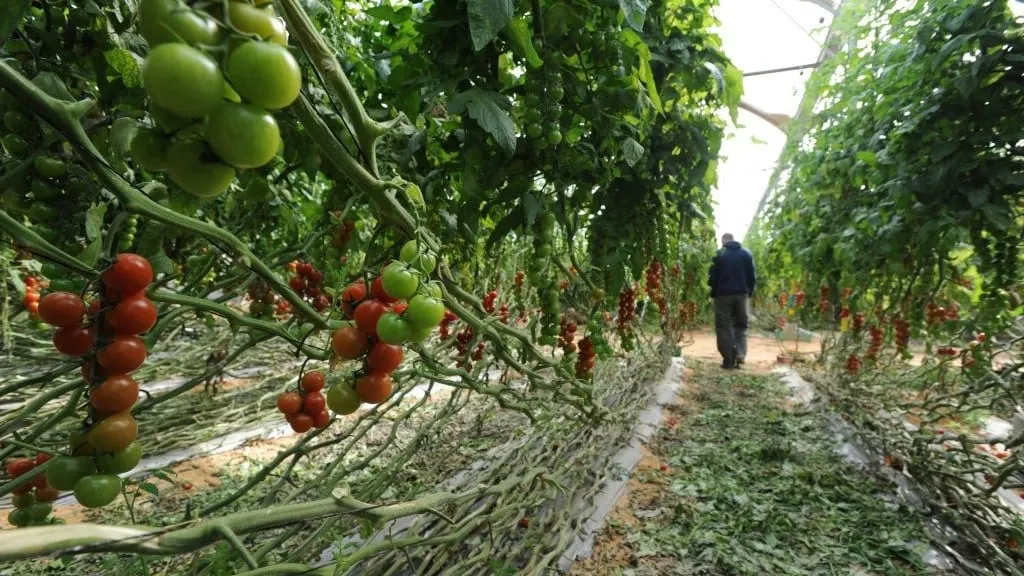In the heart of Albania, a silent battle is raging in tomato greenhouses, one that doesn’t involve pesticides or herbicides, but rather, an array of viruses threatening the country’s tomato crops. A recent study led by Magdalena Cara from the Agriculture University of Tirana has shed light on this invisible foe, offering crucial insights for farmers and the agritech industry alike.
During the 2023–2024 growing season, Cara and her team visited 45 tomato greenhouses across five major production regions, collecting 196 leaf samples from plants exhibiting virus-like symptoms. The researchers employed RT-PCR and qPCR assays to test for the presence of significant tomato-infecting viruses and viroids. Their findings, published in the journal ‘Phytopathologia Mediterranea’ (which translates to Mediterranean Phytopathology), revealed that Tomato Chlorosis Virus (ToCV) and Tomato Brown Rugose Fruit Virus (ToBRFV) were the most prevalent, present in 25% and 9.1% of the samples, respectively.
“ToCV and ToBRFV are not new to the scientific community, but their emergence in Albania is a cause for concern,” Cara explained. “These viruses can significantly impact tomato yield and quality, posing a substantial threat to the country’s tomato industry.”
The study also marked the first report of Southern Tomato Virus (STV) and Tobacco Vein Clearing Virus (TVCV) in Albania. These viruses, not initially included in the screening, were identified through Next-generation sequencing (NGS) using Illumina and MinION nanopore technologies. “The use of NGS technologies allowed us to uncover viruses that might have otherwise gone undetected,” Cara noted.
The phylogenetic analyses conducted as part of the study suggested a local or regional origin for the different Albanian virus isolates. This finding could have significant implications for disease management and control strategies.
The commercial impacts of this research are substantial. For instance, the identification of ToBRFV, a virus known for causing significant yield losses, underscores the need for robust disease management strategies in Albanian greenhouses. Moreover, the emergence of new viruses like STV and TVCV highlights the importance of continuous monitoring and surveillance.
As for the future, this research could shape developments in several ways. Firstly, it emphasizes the need for advanced diagnostic tools in routine disease monitoring. Secondly, it underscores the importance of understanding the genetic diversity of viruses to develop effective control strategies. Lastly, it highlights the potential of NGS technologies in uncovering unknown pathogens, paving the way for more comprehensive disease management approaches.
In the words of Cara, “This study is just the beginning. It opens up new avenues for research and offers valuable insights for the agritech industry to develop targeted solutions for disease management.” As the battle against tomato viruses in Albania continues, one thing is clear: understanding and identifying these invisible foes is the first step towards safeguarding the country’s tomato crops and the livelihoods that depend on them.

